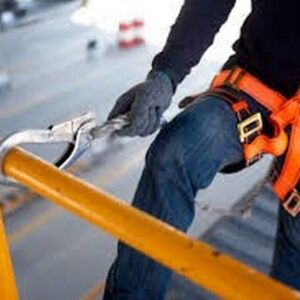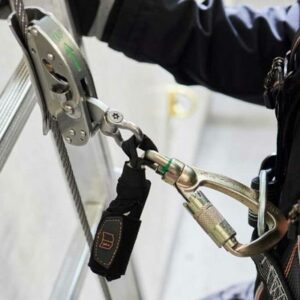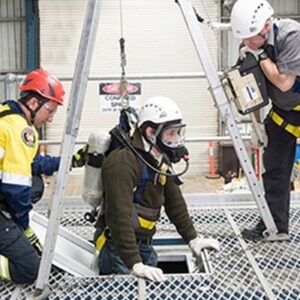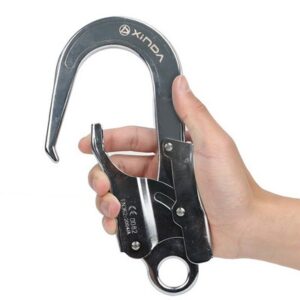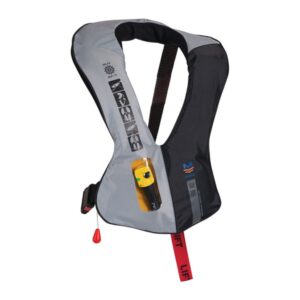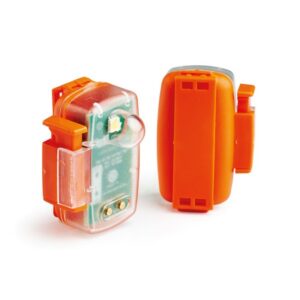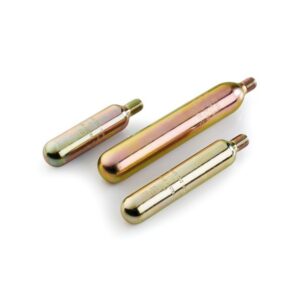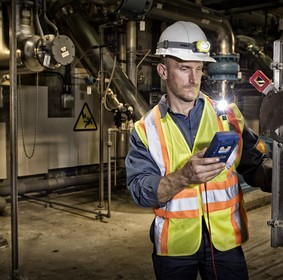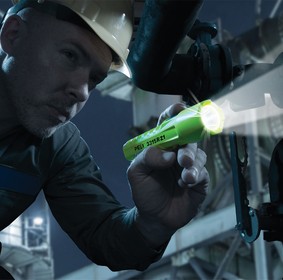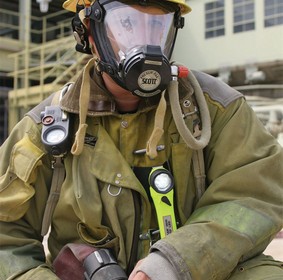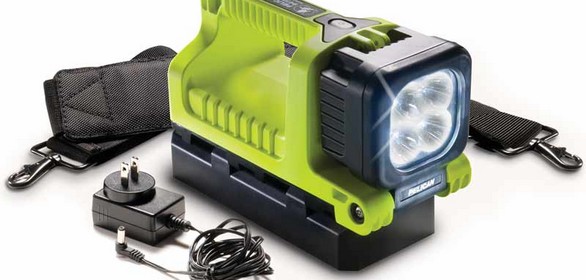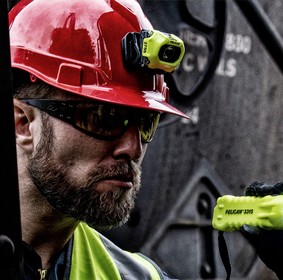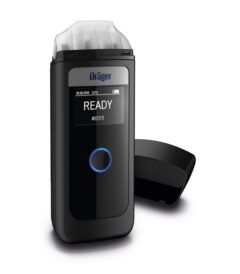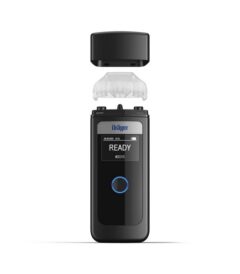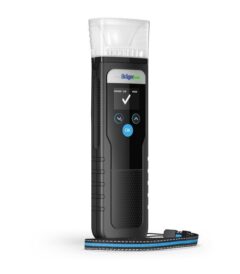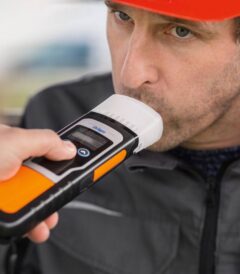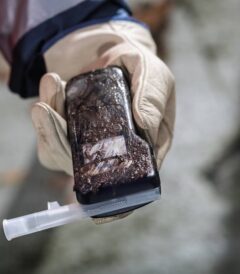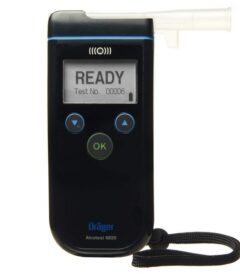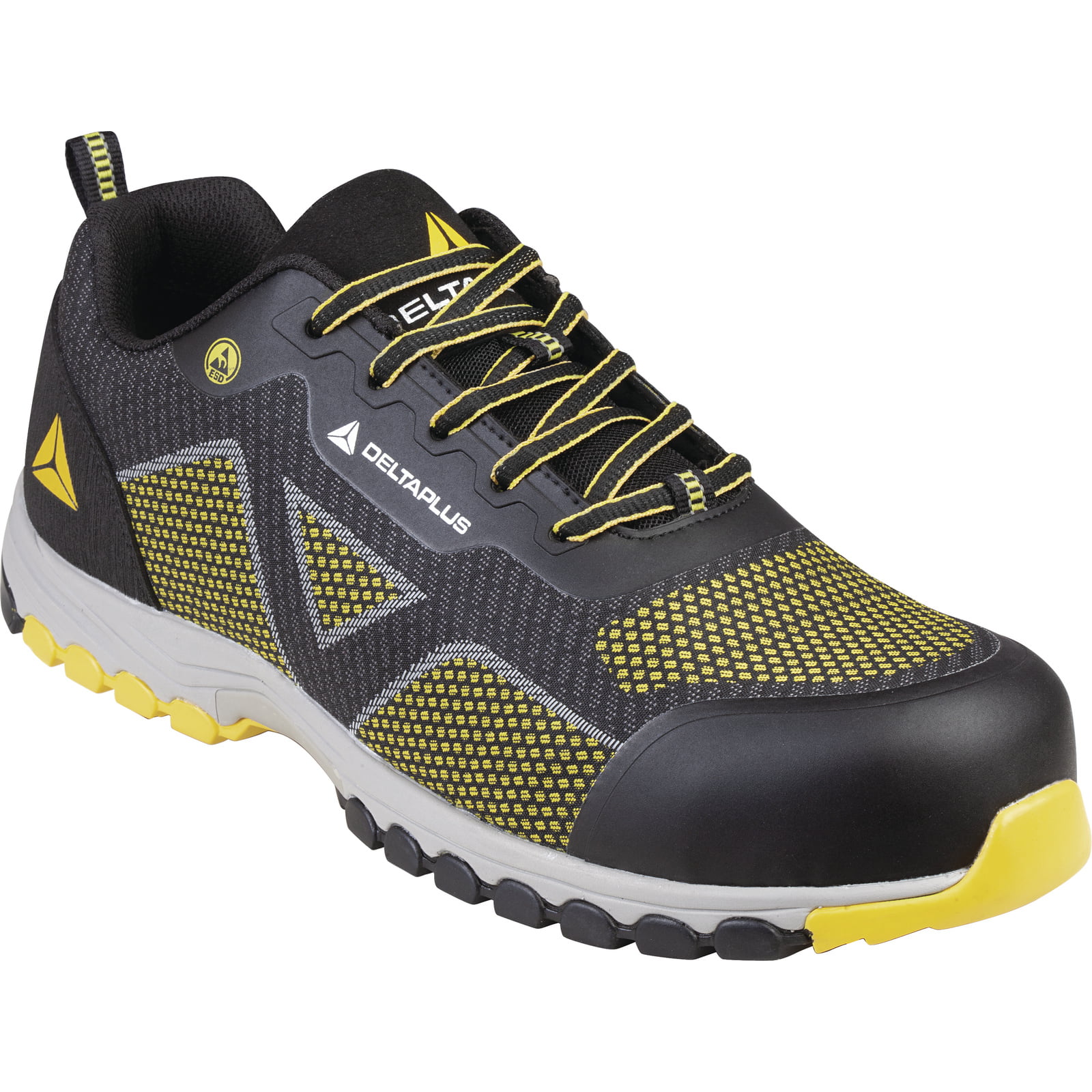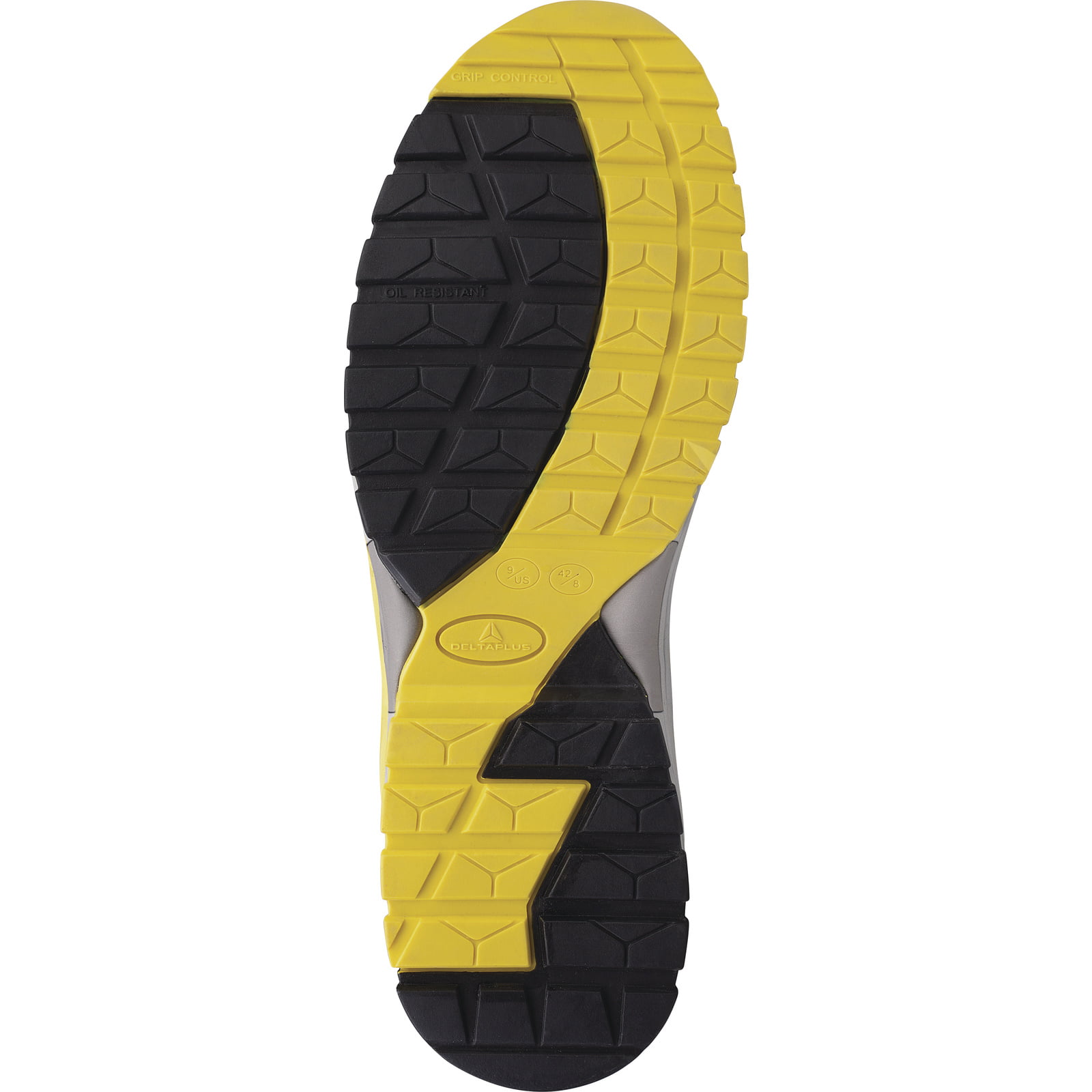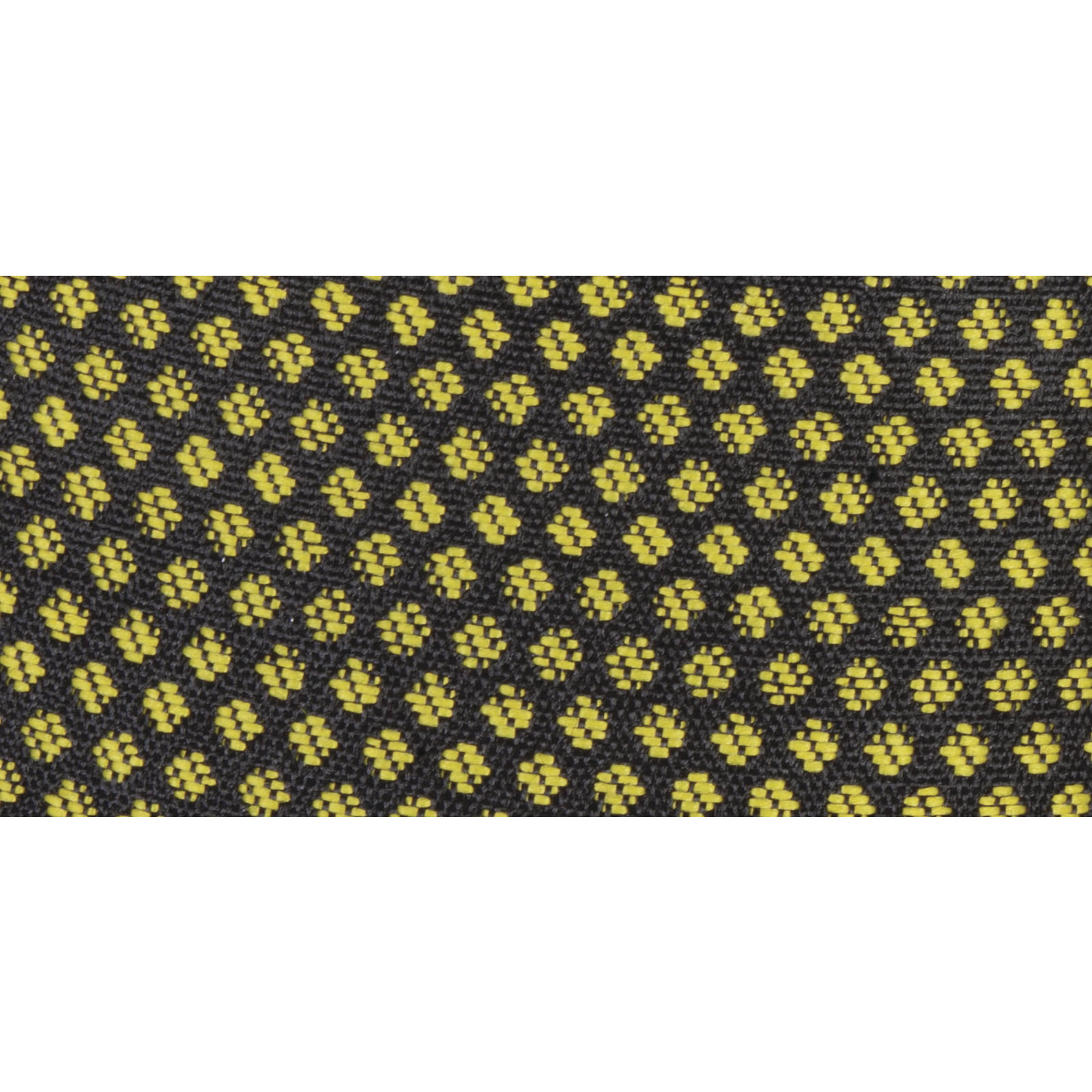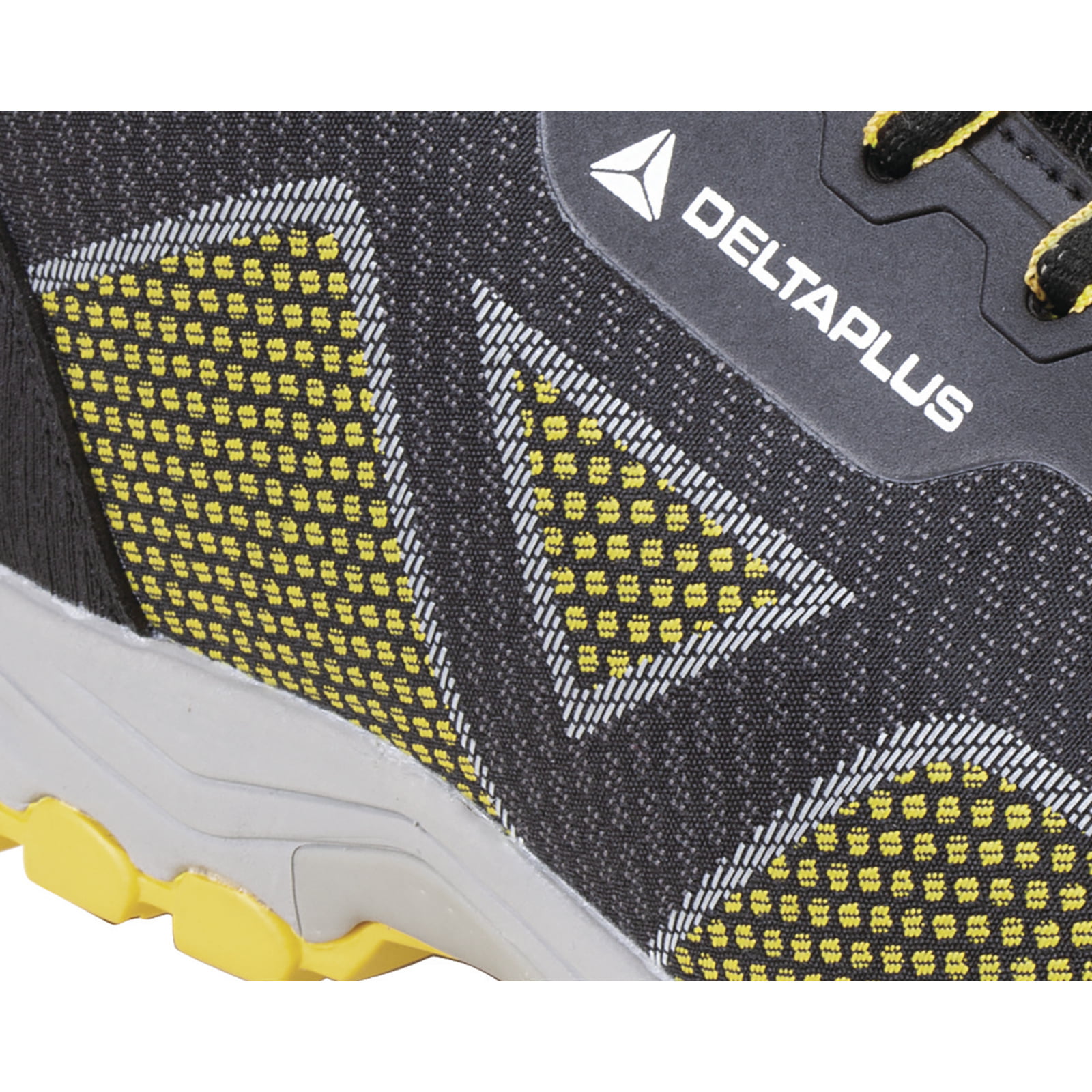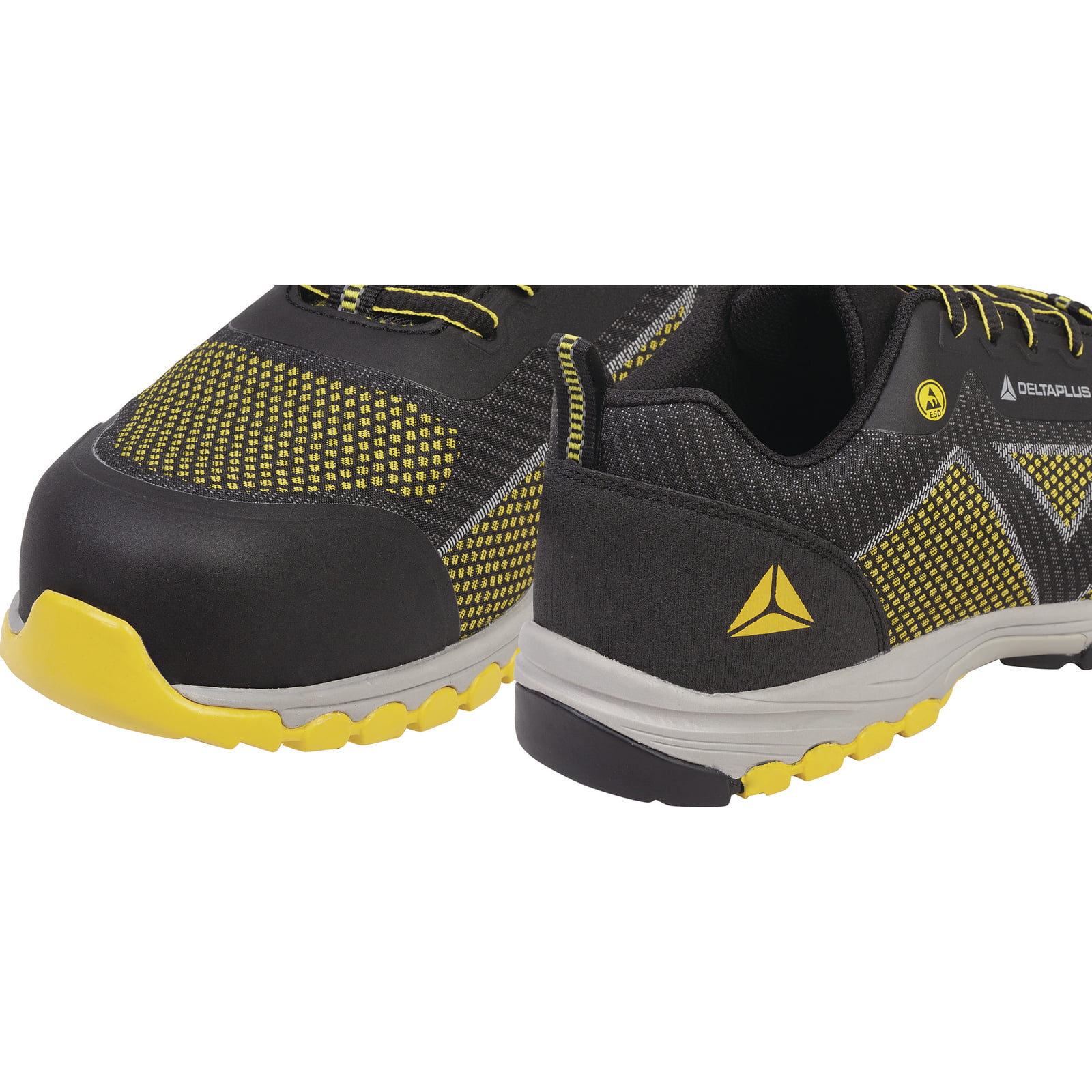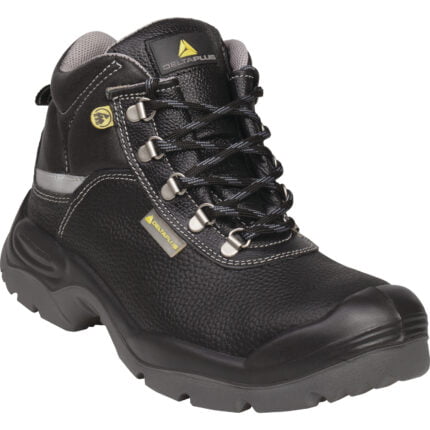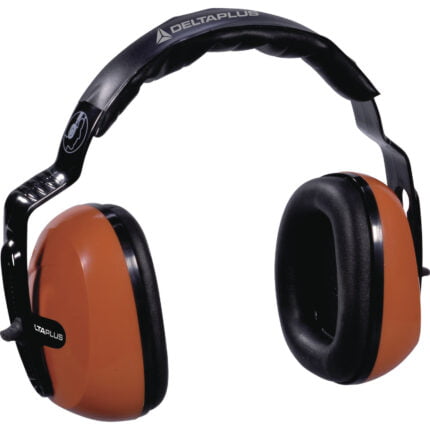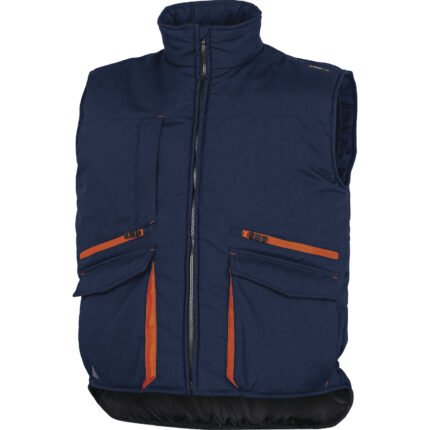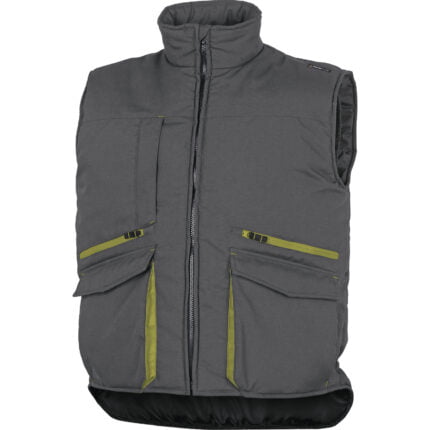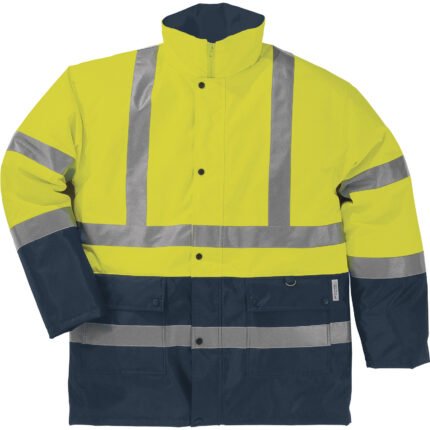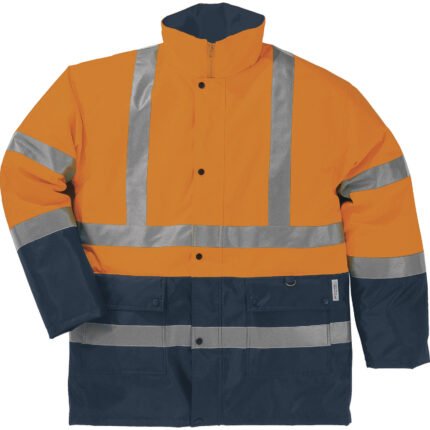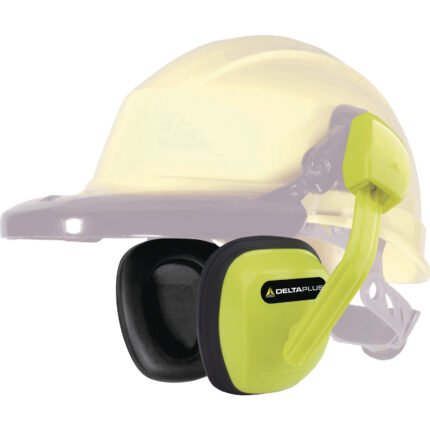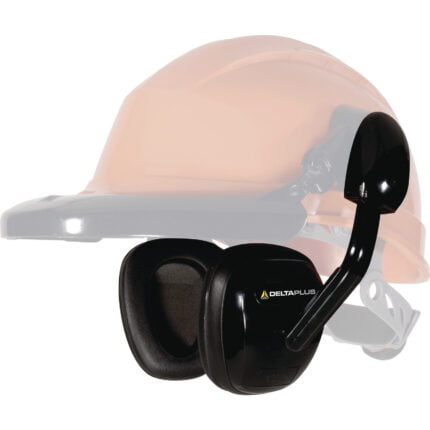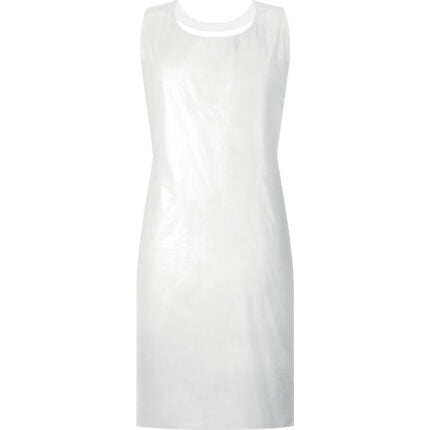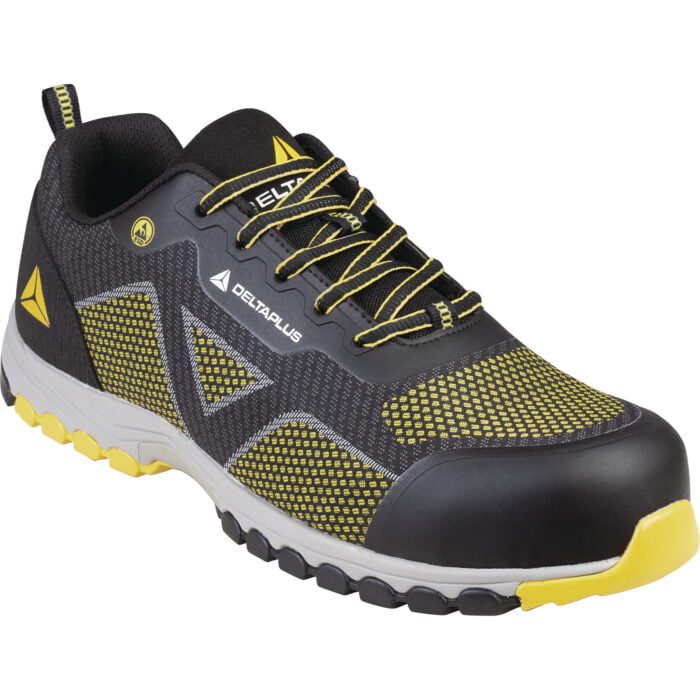
Norms
REGULATION (EU) 2016/425
-EN ISO 20344:2011 : Personal protective equipment - Test methods for footwear
-EN ISO 20345:2011 : Personal protective equipment - Safety footwear.
-Additional special requirements : S1P HRO
-Slip resistance : SRC
-EN61340-5-1:2016 : Electrostatic : Part 5-1 : Protection of electronic devices from electrostatic phenomena – General requirements ( ESD control footwear ) + EN IEC 61340-4-3 : 2018 - Part 4-3: Standard test methods for specific applications - Footwear
-Electrostatic charge dissipation performance. : ESD control footwear
Product Used Risks
Second work / craftman.
Light industry.
Services / Logistics.
Antistatic.
PERFORATION.
Shock.
Slip.
Heat.
HIGHLIGHTS
RUBBER NITRILE OUTSOLE.
Good resistance to abrasion and contact heat (HRO = 300°C for 1 minute)
Optimum adhesion.
WELDED SOLE WITH PHYLON MIDSOLE (EVA).
Incomparable comfort and lightness.
Polyester woven upper.
Increased breathability and optimal comfort
Improved lightness and flexibility
More technical and modern construction.
Retro-reflective areas.
Increased visibility for better safety.
Outsole with protection toe bumper and TPU counter.
Reinforced protection of the front and back of the foot
Increased durability
Stabilisation of the foot when walking.
EVA outsole preformed and removable.
Reinforced ergonomics and comfort in foot movements.
RISK OF ELECTROSTATIC DISCHARGE (ESD*)
Static electricity present on operators must be controlled in the following areas of use, as it can :
- damage materials to sensitive electric shock: various electronic and electrical industries ...
- generate particles likely to be deposited on the paint : automotive industry, household appliances ...
The purpose of ESD control is to protect the electronic equipment being handled and not the wearer.
* Electrostatic Discharge.
What does the regulation say?
The requirements for the design, establishment, implementation and maintenance of electrostatic discharge control devices (ESD) that can damage electronic components are defined by standard EN61340-5-1.
The device called “ESD" is used to control electrical discharges for manufacturing, processing, assembly, packaging, maintenance, testing, inspection, transport or handling of electrical or electronic parts, assemblies and equipment that may be damaged by electrostatic discharges.
To be usable in an ESD device, a shoe must at least be qualified according to the test methods of EN IEC 61340-4-3 and offer an electrical resistance lower than 10⁸ Ω.
SAULT2 ESD, VIAGI ESD, MIAMI ESD and MEMPHIS ESD meet this level of resistance required for compliance. These shoes, thanks to their low electrical resistance, limit the risk of electrostatic discharge..



